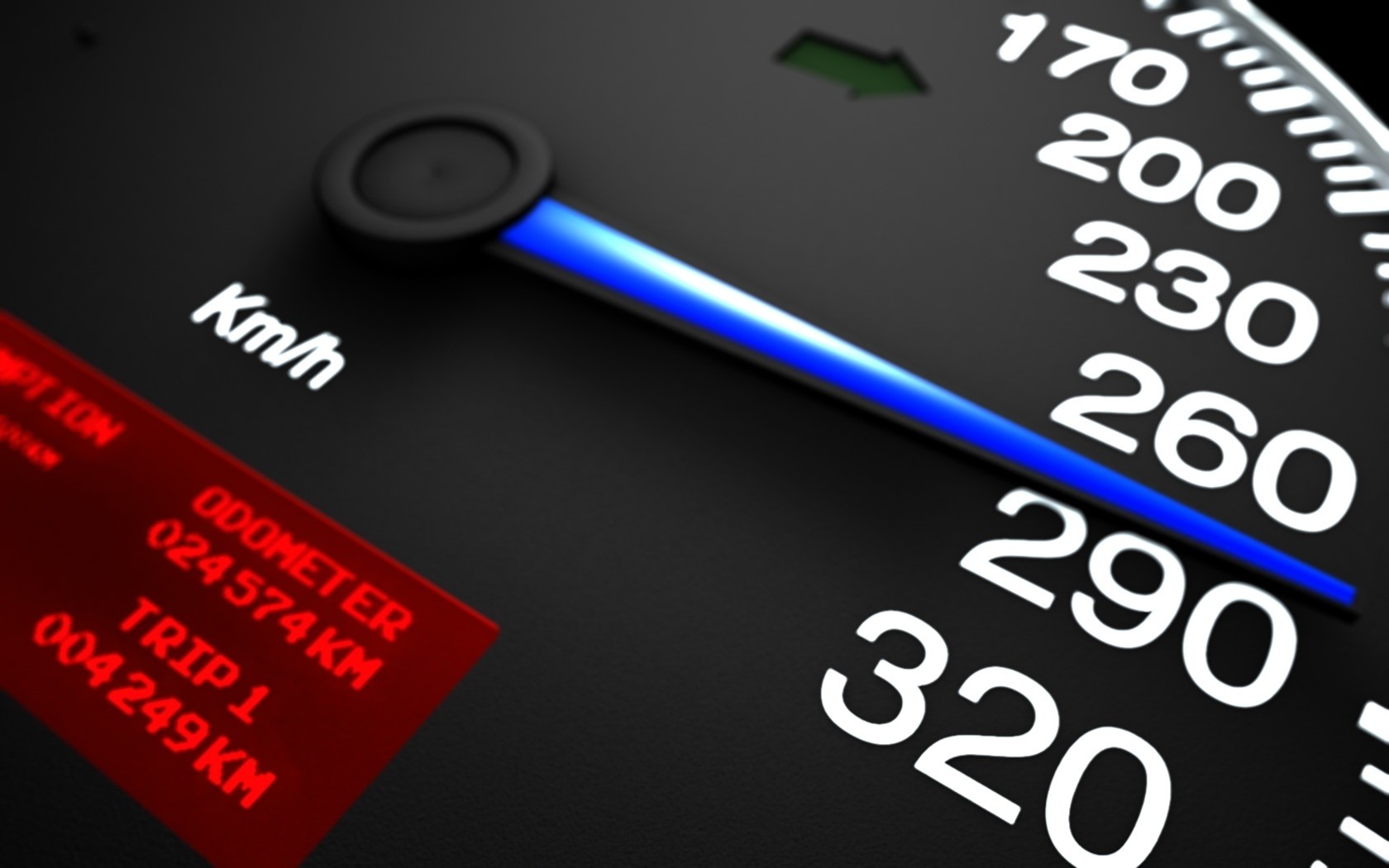Determine whether a used car is right for you
Used vehicles are often the best values you’ll find in the automotive market. This is especially so for late-model ones. Not only is the price lower than a comparable new car, but ownership expenses such as collision insurance and taxes are lower, and a used vehicle has already taken its biggest hit in depreciation. In addition, buying used is often a way to get a better-equipped vehicle than you’d be able to afford new.
But buying a used vehicle is an exercise in finding the right balance of value and risk. Following are some issues to consider.
Reliability
One thing that has made used cars more appealing is their improved reliability. In a analysis of Consumer Reports annual subscriber surveys over the past few years, we found that five-year-old vehicles in the latest survey had one-third fewer problems than the five-year-old vehicles we looked at in 2005. Years ago, rust and exhaust-system problems were common, but that’s no longer the case. As a result, buying a late-model used vehicle is not as much of a risk as it used to be. When properly maintained, today’s vehicles should easily go well past 100,000 miles, and many could reach 200,000 miles without a major breakdown.
Warranties and repairs
Although used cars are more reliable than ever, maintenance and repair costs are important considerations.
In the first two or three years of a car’s life, it has fewer problems and is typically covered by a comprehensive warranty. A used car, on the other hand, is either close to coming off warranty or already off it. You can expect not only more problems as time goes on, but more costly ones as the years pile up.
This means that owners will have to pay for repairs out of pocket, but most costs will probably go to replace parts like tires, brakes, or a battery—high-wear items that often aren’t covered by a warranty anyway. The expense of replacing all of them, if necessary, would still be relatively modest considering the overall savings from buying a used vehicle.
There is always the risk that you’ll buy a lemon. Even a car with a great reliability history can be a risky proposition if it was abused by a previous owner or if previous damage has been hidden. By giving the car a careful inspection yourself and having the vehicle thoroughly inspected by a qualified mechanic, you can usually get a good idea of the car’s value.
Depreciation
A major disadvantage to buying a new car is the rapid depreciation it undergoes in the first few years. Models typically lose about 47 percent of their value in the first three years, compared with 18 percent over the next three. But this varies greatly among models. The 2007 BMW 3 Series, for example, has held its value relatively well (about 30 percent depreciation over the first three years), while the 2007 Lincoln Town Car has depreciated rapidly (about 60 percent).
Several factors determine depreciation, including the model’s popularity, perceived quality, supply, and whether or not the vehicle is of the current design. The average depreciation on a $27,500 vehicle leaves less than $15,000 after three years, a huge hit in residual value.
Interest rates
Loans for new cars typically have a lower interest rate, but the difference is often not a major concern. In March 2010 the rates for a 36-month new-car loan was about 6.7 percent, according to Bankrate.com; a 36-month used-car loan was about 7. 1 percent. These two rates are often within just one percentage point of each other, and the additional interest you pay on a used-car loan adds only about $7 to $15 on a monthly loan payment.
Insurance
You’ll typically pay less to insure a used vehicle than a new version of the same vehicle. Insurer USAA quoted a New York policyholder with a good driving record $441 for a six-month policy on a three-year old Honda CR-V EX and $483 for a new CR-V, which would equal $84 in annual savings.
Safety
Buying a used car means you won’t have the latest safety features. Newer features such as electronic stability control (ESC), head-protecting curtain air bags, and advanced frontal air-bag systems are harder to find on older vehicles. But safety features such as antilock brakes, traction control, and side air bags have been commonplace for quite a few years now. LATCH child-seat anchors have been mandated since 2002 and top-tethers since the 1999 model year.
If you can accept a reliable vehicle that is in less-than-mint condition and you’re willing to pay for maintenance and repair costs, your dollars will go further when buying a used car rather than a new one.






![Top 20 Used Cars to Avoid Buying in Kenya – [PHOTOS]](https://kenyacarbazaar.com/blog/wp-content/uploads/2013/11/top-used-unreliable-cars-to-avoid2-356x220.jpg)



![Here are some of the best tuned cars in kenya by state of the art garages [PHOTOS]](https://kenyacarbazaar.com/blog/wp-content/uploads/2013/11/29402_10151301757042065_340470732_n-e1384498044289.jpg)


![Top 20 Used Cars to Avoid Buying in Kenya – [PHOTOS]](https://kenyacarbazaar.com/blog/wp-content/uploads/2013/11/top-used-unreliable-cars-to-avoid2-100x70.jpg)







Visit for more information about used auto parts, used car
parts, used parts, used auto parts online, used truck parts,
used auto parts locator. “The companies in North America know that process,” he said.
To identify between the original along with replicate nothing at all is more effective when compared with visual inspection.
There is nothing else like it from any other cleaning equipment manufacturer in the United States.
You can find any auto part you need in our large inventory managed systematically.
19 years ago, the identity or collective enterprises
was Tony Lu single product, lack of orders, the annual sales income of more
than 600 million.
Hi City Auto, we are looking for a supplier for auto parts. Are you still operating?